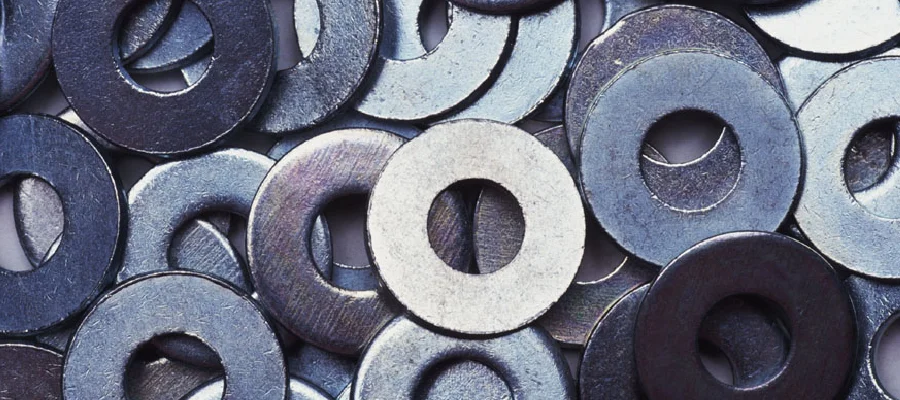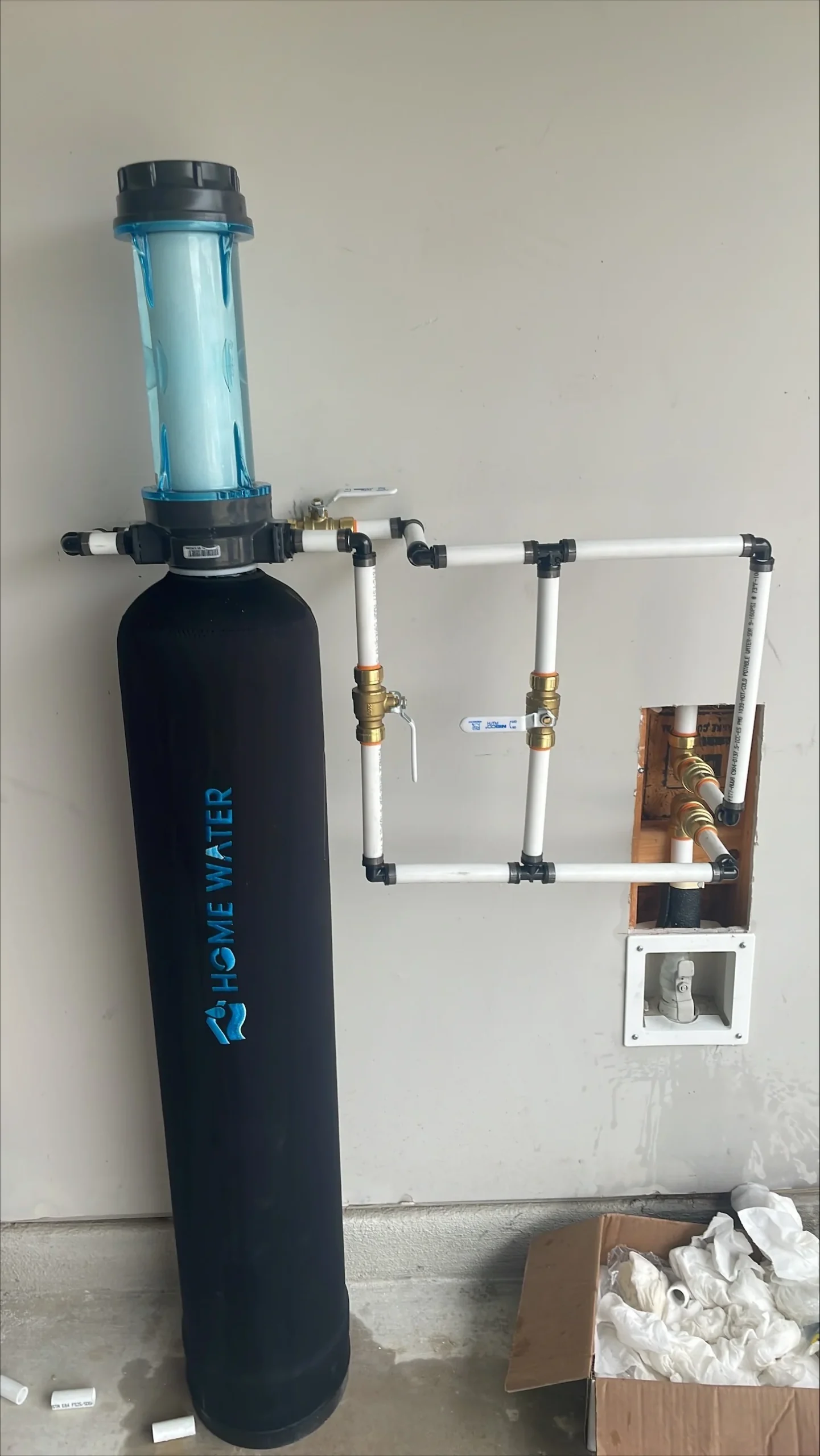Introduction
Are you looking to tighten up your construction projects or ensure your machinery runs smoothly? Washers might seem like small components, but they play a crucial role in various applications. From securing bolts to distributing loads evenly, washers come in diverse sizes and materials tailored for specific tasks. In this guide, we’ll dive into the world of washers, and explore Washers Weight & Size Chart In KG to help you understand which ones suit your needs best.
Understanding Washers and Their Importance
Washers are simple yet essential components in various mechanical and construction applications. They act as buffers between surfaces, preventing damage and reducing friction. Think of them as the cushions between a nut and a bolt, ensuring a snug fit without causing damage due to excessive pressure. Understanding how washers function can significantly enhance the efficiency and durability of your projects.
Exploring Different Washer Sizes
Washers come in a range of sizes to accommodate different bolt diameters and load requirements. Whether you’re working on a small DIY project or a large-scale construction endeavor, there’s a washer size suitable for your needs. From tiny washers measuring just a few millimeters to larger ones spanning several inches, the options are vast. Choosing the right size washer ensures proper distribution of force and prevents potential issues like bolt loosening or material deformation.
Common Washer Materials
Washers are typically made from various materials, each offering unique properties. Common materials include steel, stainless steel, brass, and nylon. Steel washers are robust and suitable for heavy-duty applications, while stainless steel provides corrosion resistance, making it ideal for outdoor use. Brass washers are non-magnetic and offer good electrical conductivity, while nylon washers are lightweight and resistant to chemicals and abrasion. Understanding the characteristics of different washer materials helps in selecting the most suitable option for your specific application needs.
Weight Considerations
The weight of a washer depends on its size, material, and thickness. While small washers may weigh only a few grams, larger ones can weigh several kilograms. It’s essential to consider the weight of washers, especially in applications where weight restrictions are a concern. Additionally, the weight of washers can impact shipping costs and handling requirements, making it necessary to assess these factors when choosing the right washer for your project.
Applications of Washers
Washers find applications in various industries, including construction, automotive, manufacturing, and aerospace. They are used to distribute loads, prevent leaks, reduce vibration, and provide insulation. From securing solar panels to assembling machinery, washers play a crucial role in ensuring the integrity and longevity of structures and equipment. Understanding the diverse applications of washers can help you identify opportunities to optimize their use in your projects and processes.
Choosing the Right Washer for Your Project
Selecting the right washer involves considering factors such as material compatibility, load requirements, and environmental conditions. For example, in corrosive environments, stainless steel or nylon washers may be preferable, while in high-temperature applications, brass or steel washers may be more suitable. It’s essential to assess your project’s specific needs to choose the most appropriate washer. By understanding the key considerations in washer selection, you can ensure optimal performance and longevity for your projects.
Maintenance Tips
Proper maintenance is essential to ensure washers perform optimally and last longer. Regular inspection for wear and tear, corrosion, or deformation is crucial. Additionally, lubricating washers in high-friction applications can help prolong their lifespan and maintain smooth operation. By incorporating regular maintenance practices into your project management routines, you can maximize the reliability and durability of your installations and equipment.
Environmentally Friendly Options
For environmentally conscious consumers, there are eco-friendly washer options available. These may include washers made from recycled materials or those designed for easy disassembly and recycling at the end of their lifespan. By opting for environmentally friendly washers, you can contribute to sustainability efforts and reduce your environmental footprint. Choosing eco-friendly washer options aligns with broader sustainability goals and demonstrates a commitment to responsible stewardship of resources.
Cost Considerations
The cost of washers varies depending on factors such as material, size, and quantity. While steel washers are generally more affordable, specialty materials like titanium or bronze may come at a higher price. It’s essential to balance cost considerations with the specific requirements of your project to ensure you get the best value for your investment. By conducting a cost-benefit analysis and considering long-term performance and durability, you can make informed decisions that optimize both quality and cost-effectiveness.
Washer Safety Precautions
When working with washers, it’s essential to observe safety precautions to prevent accidents and injuries. Always wear appropriate protective gear, such as gloves and eye protection, when handling washers. Additionally, ensure that washers are used correctly and securely fastened to avoid loosening or detachment during operation. By prioritizing safety measures and promoting a culture of safety awareness, you can create a secure working environment and minimize the risk of accidents or injuries.
Maintenance Tips for Washers
To prolong the lifespan of your washer and maintain optimal performance, regular maintenance is key. Maintenance Tips for Washers offers practical advice on cleaning, troubleshooting common issues, and scheduling professional servicing to keep your washer in top condition for years to come.
How to Use the Washer Weight & Size Chart Effectively
- Identify Application Requirements: Begin by assessing the specific requirements of your project, including load capacity, material compatibility, and environmental factors.
- Refer to Chart Categories: Utilize the chart’s categories to narrow down your options based on the type of washer required for your application, whether it be spring washers, plain washers, or flat washers.
- Compare Dimensions & Weights: Carefully examine the dimensions and weights provided in the chart, ensuring compatibility with your project’s specifications and standards.
- Consider Material & Finish: Take into account the material composition and finish of the washers, as these factors can impact their performance and longevity in different environments.
- Consult with Experts if Needed: If you encounter uncertainty or require further clarification, don’t hesitate to seek guidance from industry experts or suppliers specializing in washer products.
Conclusion
In conclusion, washers are small but vital components that play a significant role in various applications. By understanding the different sizes, materials, and weights available, you can choose the right washers for your projects, ensuring optimal performance and longevity. Whether you’re a DIY enthusiast or a seasoned professional, the right washers can make a world of difference in the quality and durability of your work.






